Trade War Watch: Japan Gets Vocal Over U.S. Tariff Threats

While the Japanese government has walked on eggshells when discussing trade issues that are transforming the globe into an angry beehive, the nation’s automakers have been more forthright. However, they’re both getting increasingly vocal as the situation escalates.
As the United States and Japan head into trade discussions scheduled for July, it’s beginning to look like everyone will come out swinging — especially when it comes to the automotive industry. Last month, the White House launched a national security investigation into car and truck imports that could lead to new tariffs on some of Japan’s biggest U.S.-bound exports.
Japanese Finance Minister Taro Aso was uncharacteristically negative toward the current U.S. trade policy during a Group of Seven finance leaders’ gathering held last week. “It’s deeply deplorable,” Aso said. “Inward-looking policies involving one-sided, protectionist measures benefit no country.”
President Donald Trump’s steel and aluminum tariffs were already blow to the island nation. But, as Japan isn’t even close to being the United States’ largest steel supplier, those import duties would have nothing on the potential tariffs on automobiles. Japanese manufacturers build a staggering amount of vehicles inside the United States. According to Reuters, 3.8 million Japanese-branded cars were produced inside the U.S. in 2017. Another 1.7 million were exported from Japan to adequately serve the world’s second largest car market.
On Friday, Japanese automakers association JAMA criticized America’s decision to explore the raising of tariffs on auto exports. “The investigation launched by the United States Department of Commerce to determine the effects on national security of imports of automobiles … will create uncertainty among automobile users in the U.S. and people involved in the motor vehicle industry,” said Akio Toyoda, chairman of JAMA and president of Toyota Motor Corp.
Lobbying groups representing domestic manufacturers, which also import cars from foreign factories, have taken a similar stance. Few in the industry are excited by the prospect of tariffs. Even though the White House is targeting other countries in the hopes of gaining some bargaining leverage, import tariffs would affect them, too.
This is something the president seems aware of. Prior to his inauguration, he expressed anger toward domestic manufacturers that left the United States to set up shop elsewhere. “Any business that leaves our country for another country, fires its employees, builds a new factory or plant in the other country, and then thinks it will sell its products back into the U.S. without retribution or consequences, is WRONG!” he said on social media. “There will be a tax on our soon-to-be strong border of 35 percent for these companies wanting to sell their product, cars, A.C. units, etc., back across the border.”
Trump criticized China’s high import duties on automobiles and the way the country forces joint-partnerships on businesses hoping to sell at a meaningful volume. Likewise, both General Motors and Ford have taken some criticism for setting up factories within The People’s Republic. Both wanted access to the region as it morphed into the world’s largest auto market. You could argue that Buick faced death if it didn’t find a place for itself in China.
For what it’s worth, China promised to reduce import tariffs on cars this summer and said it would eventually open up its market by eliminating the need for joint partnerships. However, Ford and GM have the least to gain when that happens, as they’ve already set up shop in that country.
Japan is a different beast. With the possible exception of the Jeep brand, American cars are little more than a novelty there — and it’s not because of tariffs. While the United States imposes a relatively small 2.5-percent import fee on all foreign-built cars (and 25 percent on trucks), Japan has no import duties whatsoever. Japanese consumers hesitate to purchase U.S. built vehicles due to assumption that they are still built to Malaise-era quality specifications and are a little too big to be practical. While the former is incorrect, the stigma remains. American manufacturers have proven hesitant spend the kind of money required to fix the problem.
In addition converting vehicles to right-hand drive, domestic manufacturers would then need to spend a bundle on a marketing push to prove its vehicles are desirable, while investing in a dealer network where they can be purchased. The cost for that would be astronomical for such a small market, especially since the Japanese expect free maintenance. That’s no guarantee for success. General Motors operated about 30 shops in Japan before it pulled out of the country, but it only delivered about 1,000 vehicles in 2016.
[Image: Toyota]

A staunch consumer advocate tracking industry trends and regulation. Before joining TTAC, Matt spent a decade working for marketing and research firms based in NYC. Clients included several of the world’s largest automakers, global tire brands, and aftermarket part suppliers. Dissatisfied with the corporate world and resentful of having to wear suits everyday, he pivoted to writing about cars. Since then, that man has become an ardent supporter of the right-to-repair movement, been interviewed on the auto industry by national radio broadcasts, driven more rental cars than anyone ever should, participated in amateur rallying events, and received the requisite minimum training as sanctioned by the SCCA. Handy with a wrench, Matt grew up surrounded by Detroit auto workers and managed to get a pizza delivery job before he was legally eligible. He later found himself driving box trucks through Manhattan, guaranteeing future sympathy for actual truckers. He continues to conduct research pertaining to the automotive sector as an independent contractor and has since moved back to his native Michigan, closer to where the cars are born. A contrarian, Matt claims to prefer understeer — stating that front and all-wheel drive vehicles cater best to his driving style.
More by Matt Posky
Latest Car Reviews
Read moreLatest Product Reviews
Read moreRecent Comments
- Golden2husky Tuscadero? Wonder if the interior comes in Leather...
- Lou_BC I don't like black. I wouldn't want white because that's your standard fleet colour. I lean towards colour's that are less likely to show scratches and dings. The blue on my ZR2 is nice colour but a bad colour for showing up trail rash and dust. It wasn't my 1st choice but at the time it was the only truck I could find at a price I was willing to pay.
- Michael I don’t have the luxury of choosing the color of my car and even people in my life who have recently purchased relatively expensive new cars are having their choice of what local dealers have or what they’re getting in soon, shades of grey and white. If I had the choice I would have gone with color when I was younger but now would choose a silver, grey, or black. Whatever looked best on the model.
- CoastieLenn That price seems a bit high for a high mileage mid-tier Accord, especially a coupe whose resale is typically lower than the stalwart sedan. I do like this generation coupe a lot though.
- La3541 Red is my go-to color. I love candy-apple red (guards red on Porsche). I have had several red cars. Maroon is not good though.I have always loved British racing green and recently got my first one. A British racing green 4-series that I had to special-order.Silver, black, gray, and white are pretty boring. However, as RNA656.. stated, white looks good on some cars. for more boring colors, I also like chalk on porsches. Nardo gray on Audis is pretty nice.



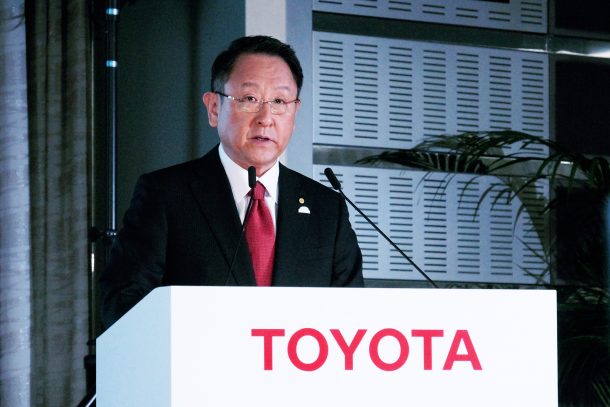















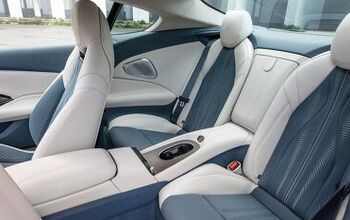

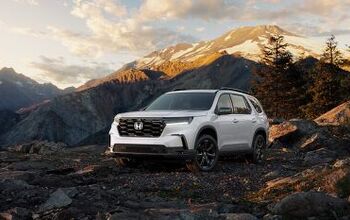
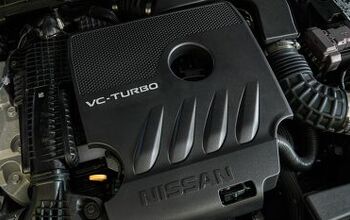
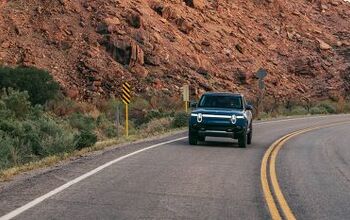
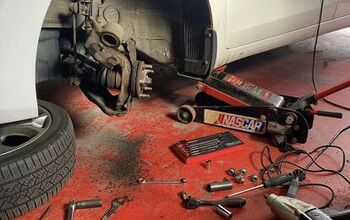

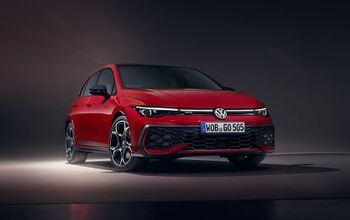
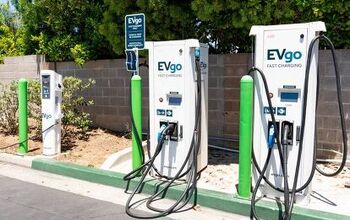
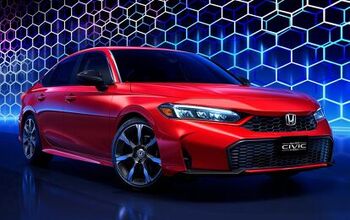
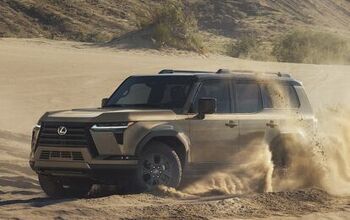
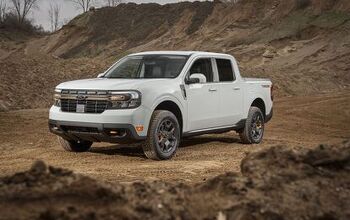
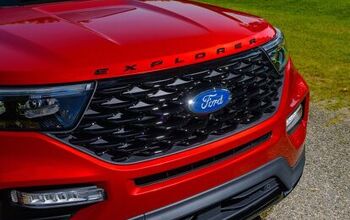
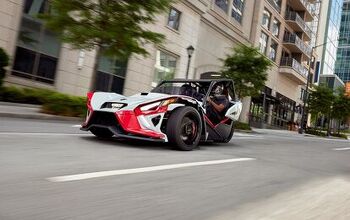
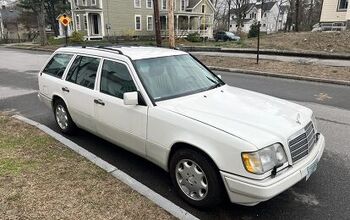
Comments
Join the conversation
It seems that politics is the only way TTAC can get 100+ comment on a post these days.
Has Trump been to Japan? It’s a big country but their roads are incredibly narrow and space is at a premium in their cities, too. The only suitable American products I can think of for that market would be those small Chevrolet and Ford city cars and perhaps the Chevrolet Cruze. Factor in the equivalent Japanese products for their domestic and those small Chevrolet/Ford cars do not seem that competitive and thus lack appeal. American cars in Europe are another story. From my experience, it is not so much the quality that prevents them from selling, it is the belief that they are fuel inefficient and needlessly oversized which limits their appeal. Smaller American cars have actually been quite successful, such as the Chevrolet Cruze, Dodge Caliber/Nitro and of course the classic trio of American sports cars (Mustang, Camaro and Challenger). But that is pretty much it. Chrysler has been somewhat successful in Europe with their Dodge RAM pickups, which are unusually popular with niche buyers only. Most cost-minded consumers will purchase a more efficient pickup from a Japanese or German manufacturer which can haul almost as much (if not the same) cargo while being easier to maneuver in a small city environment. It is my belief that most Europeans consider Ford to be a ‘European’ manufacturer because of their longstanding presence here; Ford UK and Ford Germany. And to my knowledge Ford of Europe designs and engineers vehicles independently of Ford of North America, though I might be wrong. GM was on the offensive here in the late 1980s and early 1990s, but their sales were always sluggish. For a short time in the early 1990s, their Dustbuster vans (I believe we got the Pontiac version as an ‘Oldsmobile Trans Sport’) were a ‘daily’ sight, but soon after they all completely disappeared from our roads. If you were really determined you might find one in the back lot of a third-hand used car dealership.